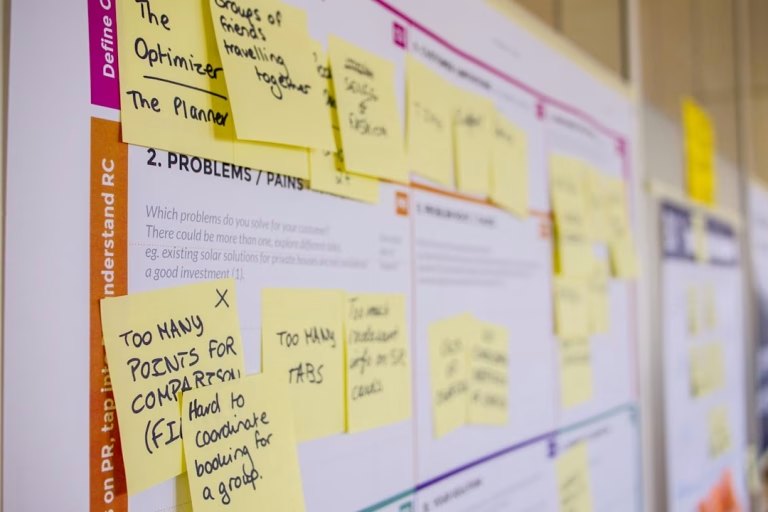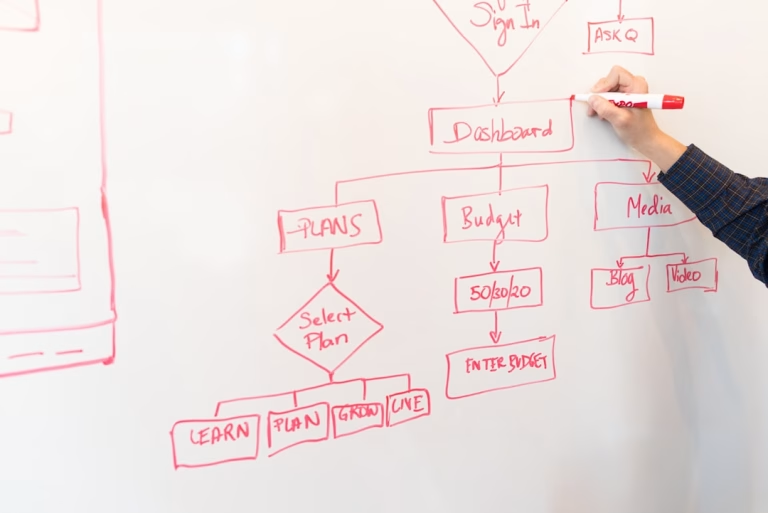Iterative Model: What You Need to Know
Iterative Model: What You Need to Know
Hello there, friends! I hope you’re all doing well. Today, I’m going to tell you a story. It’s not just any story, but rather the tale of a particular development model that I’ve come to know and love in my career as a software developer. Wait! Don’t click away. I promise I’ll keep the techie jargon to a minimum and give you just the juicy bits! This tale is all about the Iterative Model.
Wait, What’s an Iterative Model?
The Iterative Model is a particular approach in software development where a system is developed in small sections, or iterations. Each one of these sections is reviewed and critiqued before we move on to the next (source: TutorialsPoint). It’s like baking a multi-layered cake, just one layer at a time.
From a Noob to a Pro
Now, let me tell you, every junior developer including myself has a moment where they realize the importance of the Iterative Model. Let’s time travel back to my early days of coding.
I was working on this sprawling, gargantuan project. I felt like an artist painstakingly crafting a sculpture, working tirelessly to perfect every minuscule detail. After months of work, unveiling my masterpiece was supposed to feel triumphant. The hard truth? It failed. It didn’t perform the way I envisioned. It felt like getting a flat tire after a cross-country road trip, just as you are about to reach home.
After a long night of soul-searching (and stress eating, let’s be real), I discovered the Iterative Model. It was a veritable revelation! Gone were the days of the grand, all-or-nothing reveal. Instead, I learned to develop in manageable, bite-sized chunks, get feedback, refine, and move on to the next chunk.
Snack Bite Examples
Let’s look at some real-life scenarios that reflect an iterative approach; you’ll see it’s not just for software development.
- Think about a writer penning a novel. They don’t immaculately birth a perfect, completed work all at once. Instead, they draft, then revise, edit, get feedback, and repeat the process until they’ve created a final version that satisfies them.
- Or consider how you learned to ride a bike. You didn’t suddenly jump on and start navigating traffic, right? You had to initially learn to balance, pedal, and only then move on to the big leagues of cycling around in public.
- Ever baked bread at home? It’s a similar process. You combine the ingredients, knead, let it rest, then knead some more, and keep iterating until you’re ready to pop it into the oven.
That, my friends, is the beauty of the Iterative Model. It’s a patient, repetition-driven cycle that allows for incessant learning and growth. It isn’t just locked to software. Instead, it’s a lifehack, a way of tackling big projects that can otherwise feel overwhelming.
Bottom Line
So, there you have it – the scoop on the Iterative Model. To me, it’s a piece of wisdom that thankfully turned my rookie failures into victories. To you, it might be an entirely new approach that could refine your work, regardless of your field. Why not give it a go? And if you’ve already worked with it, feel free to share your experiences in the comments. Let’s keep learning together!
Catch you in the next one, folks. Stay curious!






